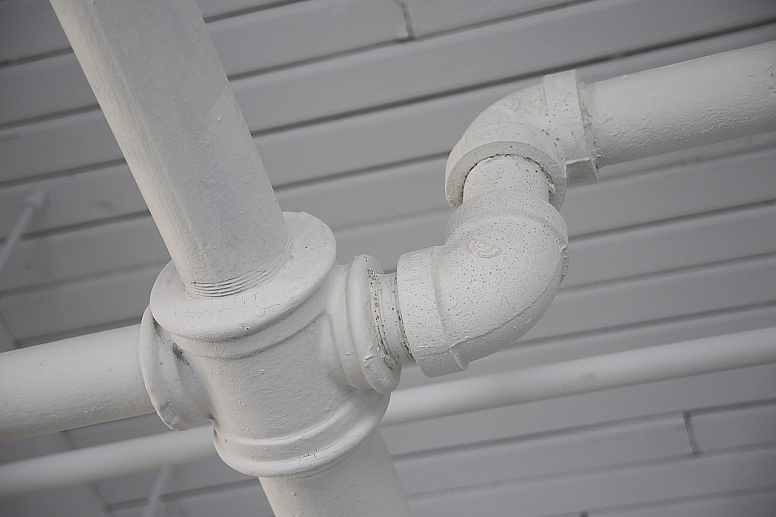
Preventing Plumbing Emergencies: Tips You Can Implement Now
If you’re like most Australian homeowners, then there is a good chance that you pay little attention to your plumbing. It is something that we nearly all just take for granted until it suddenly goes wrong that is. Few things can capture our attention like a backed-up toilet.
When there are plumbing malfunctions in the house, they can cause a lot of damage and cost a lot to fix. Emergency plumbers are widely available and very helpful, but they’re only human and they know you’re in a pinch that only they can get you out of. It’s far easier, then, to prevent emergencies from happening in the first place.
So what can you start doing right now to prevent plumbing disasters? We will provide a few helpful tips to get you started.
Check for leaks regularly
Pipes don’t often just burst open. Usually what starts as a tiny leak, which might not even be noticed by someone not paying attention, will grow larger over days or weeks until the piping around it can no longer hold back the rush of water.
There are a few ways to put this into action, and you should do all of them on a regular schedule, such as once per month. They don’t take long. The first is checking your fixtures for visible leaks. You should also look for signs of moisture or leaking where there shouldn’t be any, such as staining on walls or peeling paint. Also, monitor your water bill closely in case there are unexplained increases.
Invest in a water filter system
It is easy to find installation services for water filtration systems in Sydney and other populated areas, and many homes across Australia now have them. If you don’t, they are something you should consider because they do much more than just make your water taste nicer.
Your bath, shower, or even appliances like the washing machine can be a source of plumbing pain. By removing minerals such as calcium and magnesium from your water, filtration systems help prevent these from building up inside your pipes and appliances, reducing the chance of plumbing emergencies.
Learn where your water shut-off valve is
When a disaster strikes, DIY plumbing is generally inadvisable. However, while you’re waiting for the professionals to arrive, there’s no need to let water keep leaking out all over the house.
Knowing how to shut your water supply off quickly is essential, and it can make the difference between drying out a few soggy towels and replacing an entire ceiling.
Stop using your plumbing to dispose of solids
If you’re using your toilet to flush away nappies, sanitary towels, or even dead goldfish, stop it now! Water, toilet tissue, and human waste should be the only things going down there. The same applies to disposing of fats and oils in the sink. These might not be solid when you’ve finished cooking, but they can change quickly once they’ve cooled and clog up your pipes.
While you can’t predict when plumbing emergencies will strike, you can do a lot to prevent them. The tips in this list won’t require much time or money but could save you significant amounts of both.
The Importance of Architectural Design in Preventing Plumbing Emergencies

While these tips can be applied at home, plumbing problems often stem from issues related to the design of the house.
Good architectural practices play a crucial role in preventing plumbing emergencies by ensuring proper design, planning, and material selection from the outset. A well-thought-out architectural design incorporates efficient layouts for plumbing systems, optimizing the flow of water and waste, and reducing the risk of leaks or clogs.
Proper planning ensures that water pipes, drainage systems, and venting are positioned correctly to prevent undue pressure or blockages. Additionally, selecting durable, high-quality materials minimizes the likelihood of pipe corrosion or breakage.
Architects also ensure that plumbing systems are accessible for maintenance and repairs, reducing the chance of small issues turning into major emergencies.
By addressing potential problems early in the design phase, architects create buildings that are more resilient to plumbing failures, ultimately saving time, money, and inconvenience for occupants.










